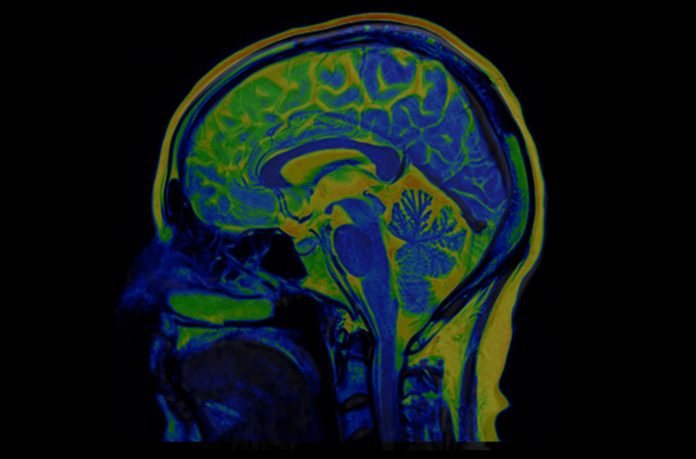
Biomarkers of Alzheimer’s disease are present early, and their levels evolve over time, according to a large study by researchers at Beijing’s Innovation Center for Neurological Disorders. The biological markers of Alzheimer’s progression included amyloid-beta (Aβ)42, the ratio of Aβ42 to Aβ40, phosphorylated tau 181, total tau, neurofilament light chain, and hippocampal volume. Notably, these signs’ appearance and persistence changed with time.
As cognitive impairment progressed, the team reports, the changes in CSF biomarker levels in the Alzheimer’s disease group initially accelerated and then slowed.
The study was published this week in The New England Journal of Medicine. Jianping Jia, MD, PhD, is the lead author.
It is estimated that over 50 million people worldwide have some form of dementia, and that by 2050 this number will climb to over 150 million. While new drugs are being introduced that finally address the underlying biology of the disease, these are few and don’t have much effect. It is believed that early diagnosis will aid drug development and treatment.
Preclinical Alzheimer’s disease is characterized by normal cognitive function and abnormal levels of specific cerebrospinal fluid (CSF) biomarkers. This preclinical stage is typically followed by mild cognitive impairment, which sometimes progresses to clinically apparent dementia.
Notably, changes in biomarker levels can begin 15 to 20 years before clinical signs of Alzheimer’s disease. Changes in CSF biomarkers. such as levels of amyloid-beta (Aβ), total tau, phosphorylated tau 181, and neurofilament light chain (NfL) have been indicators in preclinical Alzheimer’s disease that become abnormal sequentially rather than simultaneously.
There’s also a difference between familial and sporadic Alzheimer’s disease. In the sporadic disease a person’s clinical course, beginning with normal cognition and progressing to Alzheimer’s disease, “cannot be predicted,” the authors write. Also, they note, past studies have had an “Underrepresentation of Asian populations… In addition, the relatively short follow-up periods in previous studies do not reflect the lengthy trajectory over decades of biomarker alterations leading to the onset of Alzheimer’s disease.”
This team compared 648 people eventually diagnosed with Alzheimer’s with an equal number who did not develop the disease. All were enrolled in the China Cognition and Aging Study from January 2000 through December 2020. A subgroup of these patients underwent cerebrospinal fluid (CSF) testing, cognitive assessments, and brain imaging at two-year–to–three-year intervals.
The first sign the researchers saw was positive amyloid testing—18 years or 14 years prior to diagnosis depending on the test used. Differences in tau were also detected, followed by a marker of trouble in how neurons communicate. A few years later, differences in brain shrinkage and cognitive test scores between the two groups became apparent.
Specific findings were that CSF and imaging biomarkers in the Alzheimer’s disease group diverged from the cognitively normal group specific points: amyloid-beta (Aβ)42, 18 years; the ratio of Aβ42 to Aβ40, 14 years; phosphorylated tau 181, 11 years; total tau, 10 years; neurofilament light chain, nine years; hippocampal volume, eight years; and cognitive decline, six years.













